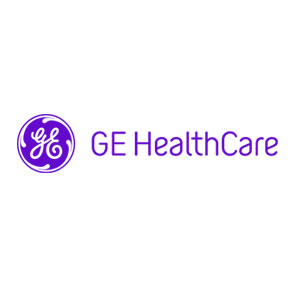
GE HealthCare imaging CEO Jan Makela talks Mayo Clinic partnership
October 12, 2023
GE HealthCare and Mayo Clinic reached an agreement earlier this month to work together on medical technology, building on past work between the two companies that resulted in GE HealthCare including certain features in its products.
The companies laid out four focus areas for the partnership: magnetic resonance imaging, ultrasound technology, AI, and theranostics — a type of cancer treatment.
Jan Makela, CEO of GE HealthCare’s imaging business, shared more details about the partnership and the future of imaging technology.
What led to your collaboration with Mayo Clinic?
We’ve worked with Mayo in collaboration, development and research for many years. And Dr. [Matthew] Callstrom, who’s the chair of radiology there, he and I met about a year ago, and we said, how can we sort of take this up a few levels? How can we think about bigger problems, larger goals?
There are all sorts of products that we sell where there is embedded IP or features from a Mayo collaboration. So we weren’t starting from zero. We talked about the areas that we both feel strongest in and [are] most exciting for growth … and will have the most impact.
Pretty quickly, we signed a master research agreement, and we really broke lots of new ground in terms of how the teams work together, how we’ll deal with [intellectual property], how we’ll deal with data. A lot of work went into [setting] the right framework that the researchers can just go and not get bogged down with all these intercompany issues we often get. So we feel super, super excited about this.
What’s the nature of your partnership? Will Mayo Clinic be a research partner, or will they also be involved in the commercialization process?
Much of this will involve intellectual property. So it depends… but we have a framework to understand where the IP goes. And Mayo themselves can use anything that we’ve worked on. Our objective here is we are the main commercialization partner, but we’re going to use all this stuff in Mayo Clinic itself, and then try and apply it more broadly. It’s likely that some of this will also come to light through the Mayo Ventures Organization.
GE HealthCare currently has some AI features for its MRI machines. What are you working on next?
The thing with MR scans is typically they take longer. One of the big questions is how to make it quicker, so that you don’t have to sit there for 45 minutes on the machine.
There are tens of thousands of MRIs installed around the world, and we’ve worked a lot on AI to look at how we generate the picture. So you have all these coils and radio waves and magnets, you get all the raw data. How do you get from the raw data to the picture? We’ve worked with AI so you can get a better picture with less data, which means you do [the scan] quicker.
If you’re a GE customer with a lot of GE MRs, very quickly you can put this AI in your existing machines and suddenly you can do 30% more patients and you get better images and you don’t change anything else.
With Mayo, we’re going to keep working on these things around not just the clinical insight, the better picture, but also how to make MR easier to use and more efficient.
Do your hospital customers purchase these AI tools through a subscription or is it embedded in the device?
Some AI is just embedded software. Some things we sell as a specific sort of upgrade, like this AIR Recon DL. And some of these we sell as more of a subscription. You buy it, then you renew the subscription, and you get updates to the software. So it’s quite a range of models. Some customers prefer a subscription. Some customers prefer to buy it and buy upgrades to it. So I think you need a range of solutions.
I’ve heard of theranostics in the context of cancer treatment. How does that work?
There are two clinical drugs in use today. One is called Pluvicto, one is called Lutathera. One is used for neuroendocrine tumors and one is used for prostate tumors, and they both apply to late-stage patients.
The big idea is when you’ve got lots of lesions, where are they and how big are they? You have a radiotracer which attaches to protein expressed on the tumor. So you inject the patient with the radioactive tracer, it goes to where all the tumors are, and then [a clinician] can image it on a PET system, so you can measure the tumor burden and characterize the tumors.
Read the Full Interview »